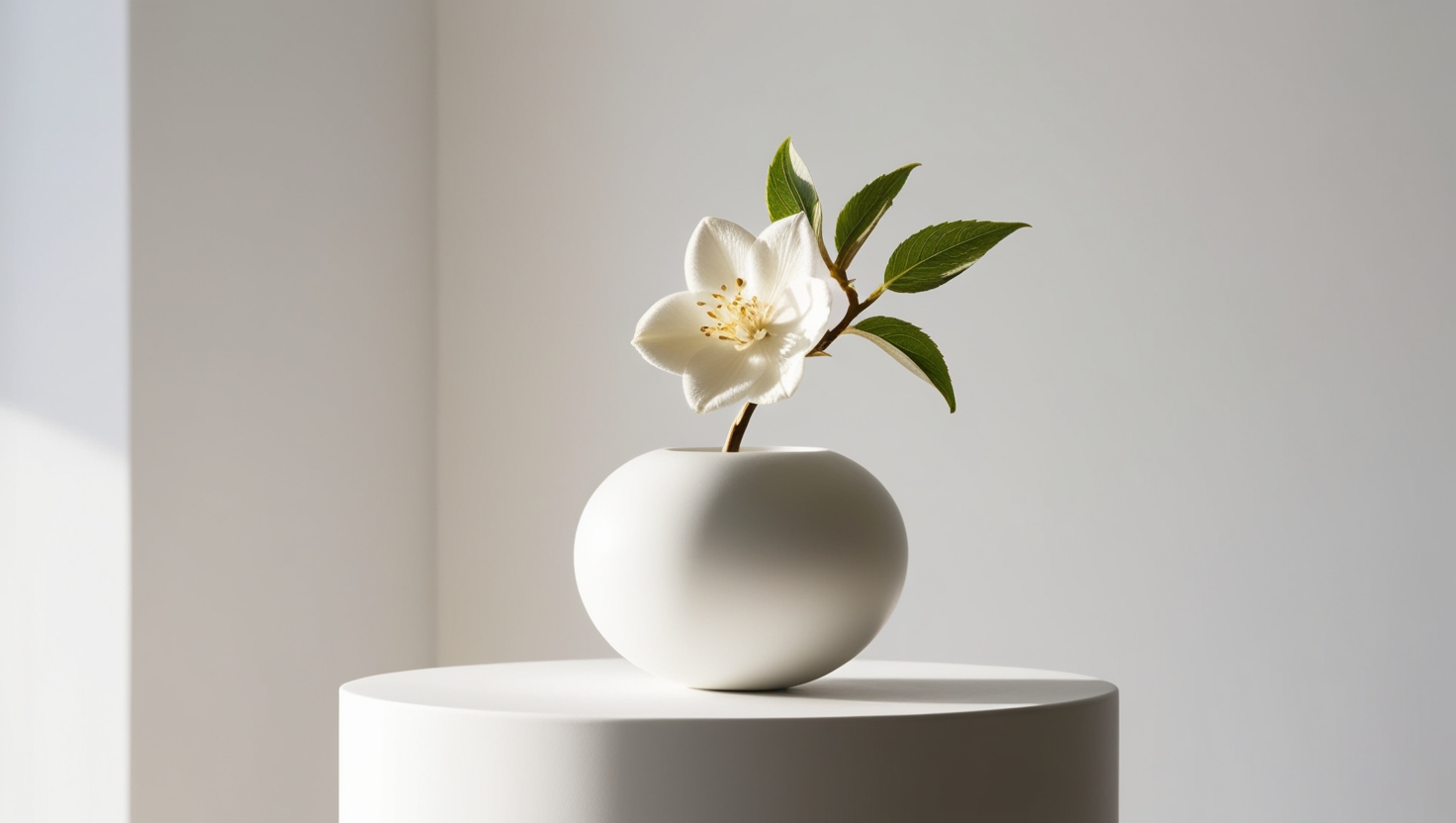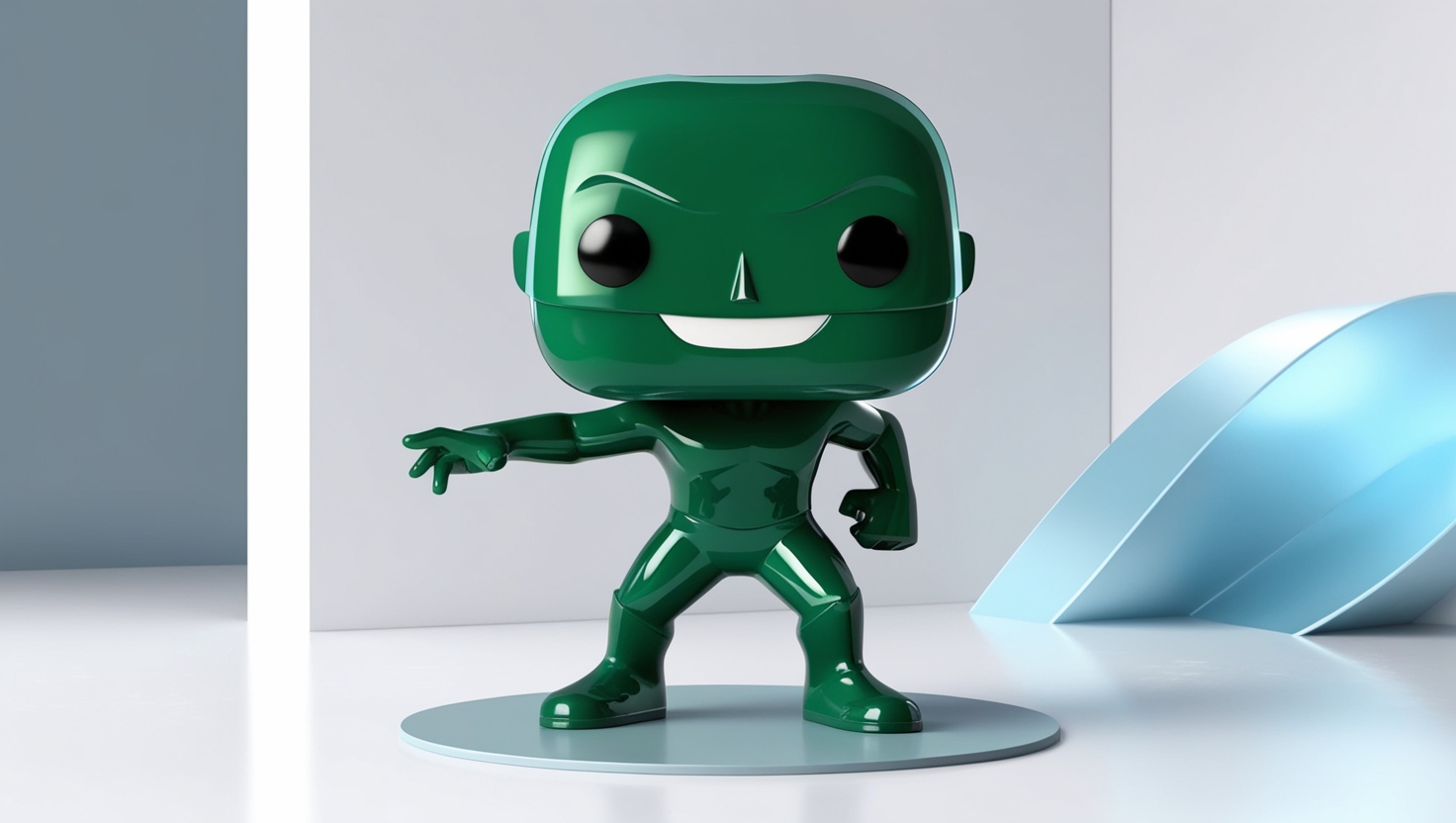Designing a user-centric product can often feel like an intricate dance, one where each step is critical to the performance of the final piece. Within this choreography, three pivotal components emerge as the key players: wireframes, mockups, and prototypes. While they may appear similar at a glance, each serves a unique purpose and adds its distinct flavor to the design process. Let’s dive deeper into these essential tools and explore how they differ from one another, revealing their invaluable roles in shaping user experiences.
Wireframes: The Blueprint of Structure
At its core, a wireframe is a skeletal representation of a digital product. Think of it as the architectural blueprint of a house—an essential foundation that outlines the structure without getting bogged down by details. Wireframes focus on the layout, functionality, and user flow, laying out the essential elements like buttons, navigation, and content hierarchy.
Wireframes typically lack visual design elements, favoring simple shapes and lines to indicate where content will be placed. They help designers and stakeholders visualize the overall structure of a product early in the development process, ensuring that the user experience is front and center before diving into more intricate designs. This stage is all about clarity and simplicity, paving the way for more detailed visualizations later on.
Mockups: The Visual Representation
Once the wireframe has been approved and the structural layout is set, the next stage is creating a mockup. A mockup breathes life into the wireframe, adding colors, typography, images, and other visual design elements. It’s akin to adding paint and decorations to the house blueprint—suddenly, the abstract becomes tangible.
Mockups serve as a more detailed visual guide, providing a clearer picture of what the final product will look like. They allow designers to experiment with different visual styles, helping stakeholders understand how the product will engage users aesthetically. However, while mockups are visually rich, they still lack interactivity. This means they are not yet clickable; users can only appreciate the look and feel without experiencing the flow of the application.
Prototypes: The Functional Experience
The prototype is where the magic truly happens. A prototype simulates the final product’s functionality, offering a hands-on experience for users. It’s like taking a virtual tour of a newly constructed house—you can walk through the rooms, open the doors, and interact with the space as if it were complete.
Prototypes can range from low-fidelity (simple, non-interactive versions) to high-fidelity (fully interactive models that closely mimic the final product). They allow designers to test the user experience, gather feedback, and make necessary adjustments before moving to development. Prototypes are crucial for user testing, as they help identify potential usability issues and refine the overall design.
Navigating the Design Spectrum
Understanding the distinctions between wireframes, mockups, and prototypes is essential for any design project. Each tool serves a specific purpose and adds unique value to the design process:
Wireframes offer a structural overview, focusing on layout and user flow.
Mockups enhance the visual design, adding detail and aesthetics without interactivity.
Prototypes provide a functional experience, allowing users to interact and test the design before final development.
By mastering the use of these tools, designers can create more effective and user-friendly products. This progression—from abstract wireframes to vibrant mockups and interactive prototypes—ensures that each stage of the design process contributes to a seamless and engaging user experience.
Conclusion: The Symphony of Design
In the grand symphony of design, wireframes, mockups, and prototypes are the instruments that, when played together, create a harmonious user experience. Each component plays its part, guiding the design team from initial ideas to a polished final product. Recognizing the unique roles they play can transform how designers approach projects, ultimately leading to more successful and engaging digital experiences. As the design world continues to evolve, understanding these distinctions will remain vital in crafting products that resonate with users and meet their needs effectively.








